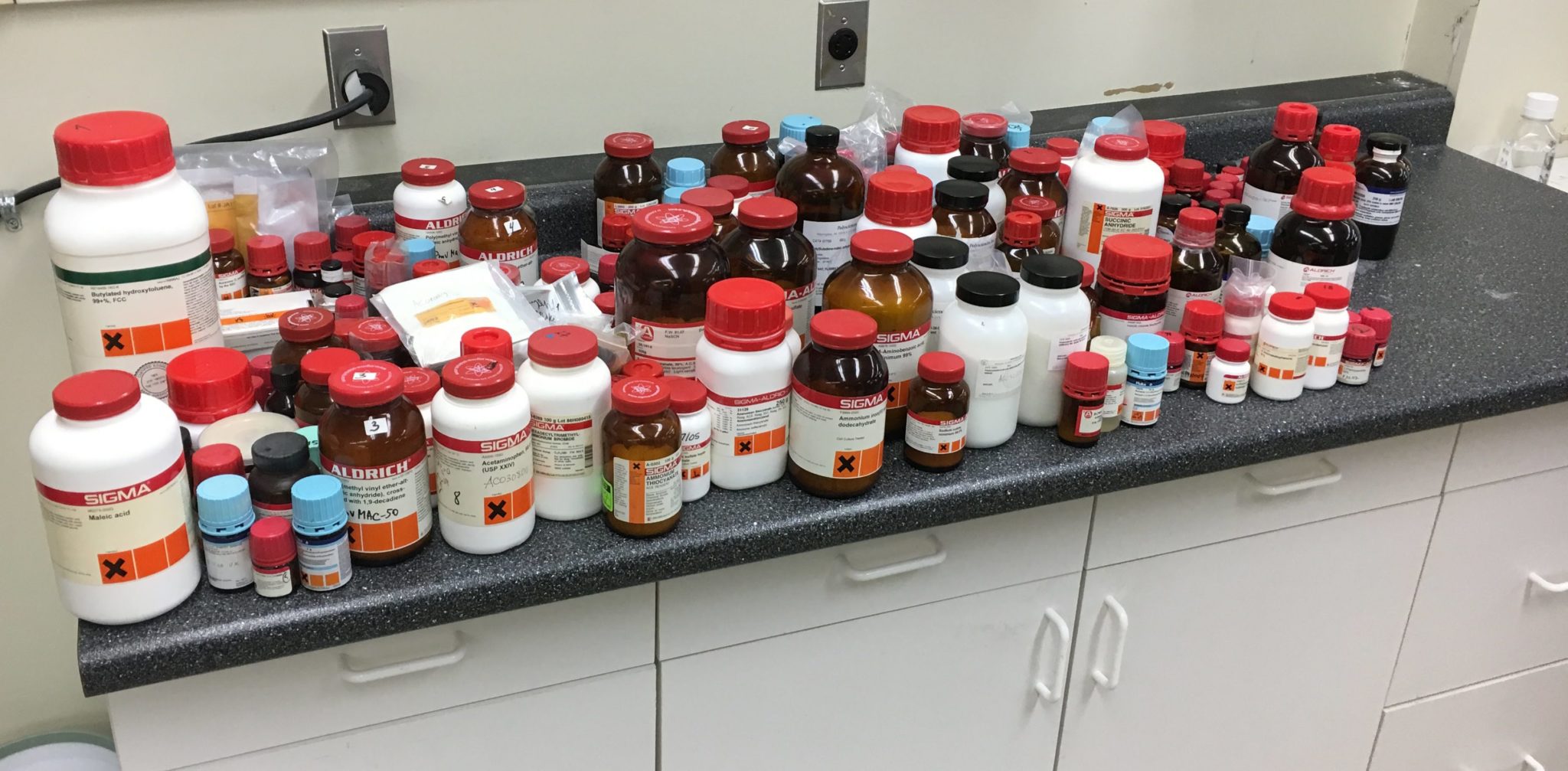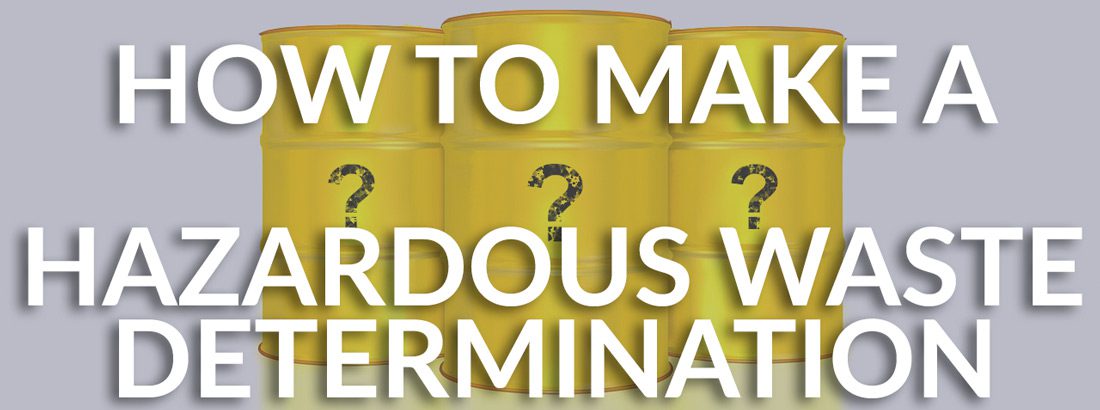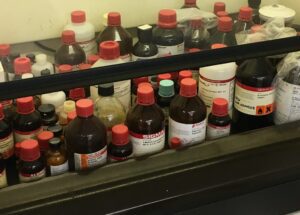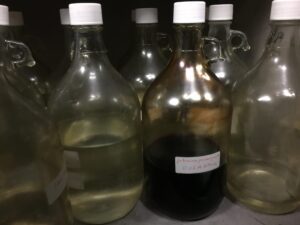

Hazardous waste must be dealt with differently than normal waste or garbage in order to minimize its harmful effects on human health and the environment. Not doing so can net generators serious legal consequences and fines!
How do you know whether or not you have hazardous waste on your hands? Follow these five steps to successfully create a hazardous waste determination.
1. Is it a Waste?
 A Hazardous waste, simply defined, a is a waste with properties that make it dangerous or capable of having a harmful effect on human health or the environment. Hazardous waste is generated from many sources, ranging from industrial manufacturing process wastes to batteries and may come in many forms, including liquids, solids gases, and sludges. Some wastes can be used or spent. Some are unused, and in this case a decision needs to be made to determine if you will use it or it has no value.
A Hazardous waste, simply defined, a is a waste with properties that make it dangerous or capable of having a harmful effect on human health or the environment. Hazardous waste is generated from many sources, ranging from industrial manufacturing process wastes to batteries and may come in many forms, including liquids, solids gases, and sludges. Some wastes can be used or spent. Some are unused, and in this case a decision needs to be made to determine if you will use it or it has no value.
2. Is it Excluded?
Next is to determine if the waste qualifies for exclusion from RCRA regulations. There are three main categories:
- Solid Waste Exclusion
- In most cases involve domestic sewage, certain nuclear materials, and an ongoing list of industrial processes. A full list of excluded solid waste can be found here 40 CFR 26104(a)
- Solid Waste Variance
- A facility can apply for a solid waste variance if the material is reused in a process or recycled. The rules governing this solid waste variance are found here 40 CFR 260 30-33
- Hazardous Waste Exclusion
- Solid waste may be exempt from being considered a hazardous waste including household waste, such as waste from residential sources, dormitories, and military housing. A full list can be found in 40 CFR 261.4(b)
3. Is it Listed?
EPA has waste codes on four lists using the letters F, K, P, and U followed by 3 numbers such as F003, U188, to identify hazardous waste.
- P and U listed waste cover unused chemicals or products. Either the pure chemical is specifically listed or the sole active ingredient of the product is specifically listed.
- P-listed identifies acute hazardous wastes material includes 239 different acutely toxic substances
- U-listed codes are toxic hazardous waste
- F-listed waste has a non-specific source.
- Identifies wastes from common manufacturing and industrial processes as hazardous. i.e. Electroplating & Chemical Manufacture.
- K-listed waste has a specific source
- Identifies hazardous wastes from specific sectors of an industry and manufacturing and are considered source-specific wastes. i.e Wood preservation, Iron & Steel.
4. Is it Characteristic?
 There are four characteristics of hazardous waste:
There are four characteristics of hazardous waste:
- D001- Ignitable
- Oxidizers
- Liquids with a flash point less than 140F,
- Solids capable of causing fire through friction and if ignited burns persistently, and
- Flammable gas such as Propane
- D002- Corrosive
- Water based liquid with a pH less than or equal to 2 or greater than or equal to 12.5
- D003- Reactive
- Used for unstable chemicals that may violently react with water or air
- May create toxic vapors in contact with air or water
- D004-D043- Toxic
- Required a lab test called the “Toxicity Characteristic Leaching Procedure” (TCLP)
5. Is it a Mixture?
A mixture is when a listed hazardous waste and a nonhazardous waste are combined and the result is still a hazardous waste. Mixing in a characteristic waste will cause the mixture to become hazardous only if the mixture itself exhibits the characteristic. This could be spill debris and residues, soil, water or absorbents.
What to Do With Hazardous Waste
If you follow these steps, you can make a proper hazardous waste determination to find out if you indeed have a hazardous waste. It is the generators responsibility to decide once a chemical becomes a waste and then determine if it is a hazardous waste. Once something is considered a hazardous waste a hazardous waste management company may be beneficial to help manage waste streams and coordinate hazardous waste packaging, transport and disposal.

